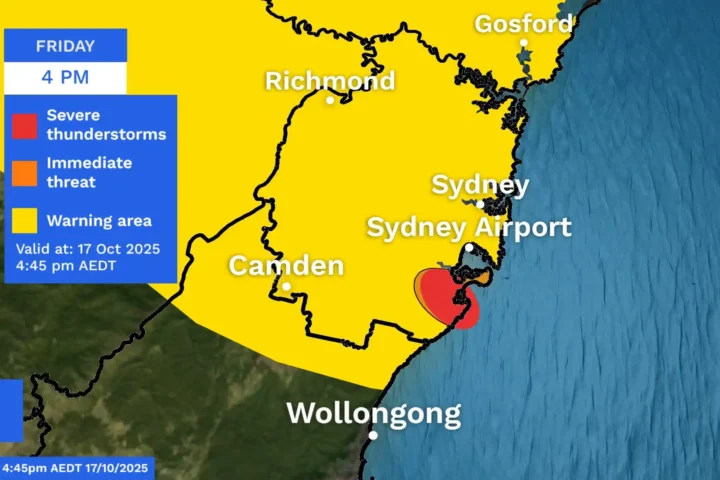In a move that caught borrowers by surprise, ANZ’s digital arm ANZ Plus has increased its variable home loan interest rates by 0.16 percentage points, even as other major banks slash their rates ahead of an expected Reserve Bank of Australia (RBA) rate cut.
The rate hike, which affects only new customers, pushes ANZ Plus’s owner-occupier variable rate from 5.59% to 5.75% and its investment property variable rate from 5.89% to 6.05%. This unexpected move comes just days before the RBA is widely expected to deliver its third interest rate cut of the year.
“ANZ’s hike to its lowest variable rate is a reminder some banks are still looking to protect margins,” said Canstar’s data insights director Sally Tindall. “It’s an unusual move just days out from a board meeting that could deliver a cut, but it shows how some banks don’t follow the tide.”
With this increase, ANZ Plus has surrendered its position as the big four bank with the lowest variable rate. Commonwealth Bank and Westpac now lead with rates starting at 5.59% for owner-occupiers.
The timing is particularly notable as nearly 20 lenders have cut fixed home loan rates in the past month, positioning themselves for the RBA’s next move. National Australia Bank (NAB) recently reduced its fixed rates by up to 0.25 percentage points, with its two-year fixed rate now at 5.19%, setting the pace among the major banks.
The RBA has already cut interest rates twice in 2025, bringing the cash rate down from 4.35% to 3.85%. Financial markets are pricing in a high probability of another cut at the August 12 meeting, with some analysts even suggesting a larger 0.5 percentage point reduction could be on the table.
Similar Posts
For mortgage holders, each 0.25 percentage point cut translates to meaningful savings. A homeowner with a $600,000 loan would save approximately $90 per month, while someone with a $1 million mortgage would see monthly repayments decrease by about $150.
Meanwhile, competition in the broader market continues to intensify, with around 35 lenders currently offering at least one variable rate under 5.50%, and one lender breaking the 5% barrier with a 4.99% offering. Fixed rates are also becoming more competitive, with 17 lenders including Macquarie, Greater Bank, and Bank of Queensland offering at least one fixed rate under 5%.
An ANZ spokesperson explained that “our change today is specific to our ANZ Plus variable home loan, and applies only to new customers, not the rate held by existing customers. Other ANZ home loan rates have not changed. ANZ considers a range of factors when setting home loan rates.”
Industry experts suggest this move might reflect a strategic repositioning of ANZ’s digital brand, potentially prioritizing margin protection over volume growth as the market enters a lower-rate environment.
All four major banks predict further rate cuts this year, with ANZ and Commonwealth Bank forecasting the cash rate to reach 3.35% by year-end, while NAB and Westpac project it will fall to 3.10% by early 2026.


















